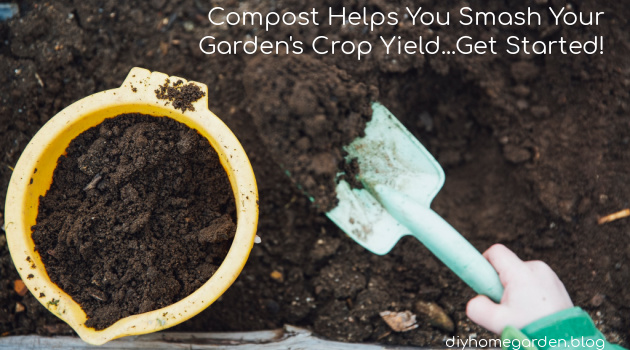Creating a sustainable garden in your yard is not difficult. Whether you want to grow your food or create an attractive outdoor haven, you have an array of options. You can plant vegetables, fruits, and fragrant plants. With natural elements like water and rocks, you can create a calm and comfortable environment.
Here are some smart ideas for creating a sustainable oasis around your home.
1. Plant Native Plants
Not all green plants are suitable for your climate. So take the time to discover the plants that are native to your environment and plant them in your yard. A quick search online or a visit to a local conservatory, horticulturist, or a local gardening store will reveal a variety of native plants.
Why should you use native plants anyway? The truth is, such plants will consume less water than non-native plants. They invite local wildlife, such as birds and insects, to your garden and some of these serve as pollinators for your flowers.
While you may still be able to plant one or two exotic plants that you love, they will alter the balance of wildlife in your area. Planting native plants is also essential if you live in an area with little rainfall.
2. Conserve Water for a More Sustainable Garden
Adopt water-saving habits. You can set up a system to harvest rainwater. Diverting rainwater from runoff spots to a barrel is a nice way to start. The water from the barrel can then be used to water the plants and gardens. You may also landscape your yard to create a slope and direct the rainwater to the plants that need it most.
Other ways to conserve water include
- Group your plants based on their watering needs
- Focus on the roots rather the leaves, stems or flowers while watering them
- Plant shrubs that are drought-resistant
- Water the plants early in the morning or after sunset to minimize evaporation.
3. Invest in No-Dig Gardening
No-dig gardening is simply gardening without digging up the soil. You can set this up anywhere in your yard. It works well in places with limited fertile soil.
No-dig gardens allow you to create designs and dimensions that fit your space perfectly and you can create one of these over grass or concrete. All you essentially need are materials to create a wooden box (frame) after which you will need soil, manure (fertilizer), or compost.

4. Avoid Harmful Pesticides
Use safe, natural methods to deal with pests instead of using harmful chemicals. Using pesticides can leave harmful residues and destroy both plants and wildlife. Instead, try these ideas:
- Soapy water: Apply soapy water to the body of sap-sucking insects like aphids.
- Sawdust: Sprinkle sawdust around the base of your plants to discourage snails from coming near them.
- Eggshells: Sprinkle eggshells (broken into two) around your cabbage plants. Cabbage moths will think they are other moths and they will stay away.
- Boiling water: Pour boiling water on weeds to destroy them.
- Milk: Spray milk on leaves infected by powdery mildew. You can also use a solution of baking soda.
5. Plant Vegetables
It’s possible to grow a large portion of your fruits and vegetables at home. You will have a good supply of produce like potatoes, carrots, lettuce, pumpkins, and tomatoes to nourish yourself and your family.
Growing your food is fun and you will enjoy different vegetables from season to season. Here are some tips to get you started:
- Select a site that receives abundant sunshine.
- Add mulch and compost to your planting area.
- Turn over the soil frequently to prevent weed growth.
- Choose the best vegetable seeds and seedlings for each season.
- Do deep watering for the seedlings shortly after planting them.
Even if you don’t have a large garden space for planting food crops, you can find pots and planters. Use them to plant small plants like snow peas, salad greens, strawberries, and cherry tomatoes.
6. Make Your Garden Comfortable
Nature can nurture your body and your soul. Not only will you enjoy the good food grown in your garden, but it can also be a comfortable and soul-soothing atmosphere.
Use these elements to create an ideal place to refresh your spirit:
- Water Features: Set up a small fountain. Enjoy the refreshing sight and sound of flowing water.
- Layers of Plants: Arrange plants and trees to create depth, shady areas, and visual beauty.
- Private Space: Set up a place where you can have a great time with family and friends. You can make a hidden sanctuary using trees and a hammock or a lattice.
- Rocks: Use small rocks to create paths or to differentiate garden areas. They can also serve as pathways for pets to walk on without destroying your plants.
 The Bottom Line: You Can Create a Sustainable Backyard With This Knowledge
The Bottom Line: You Can Create a Sustainable Backyard With This Knowledge
Applying some of these ideas can make your garden a sustainable and environmentally-friendly one. Most of them are easy to implement on a low budget and all you need to succeed is your imagination and creativity.


